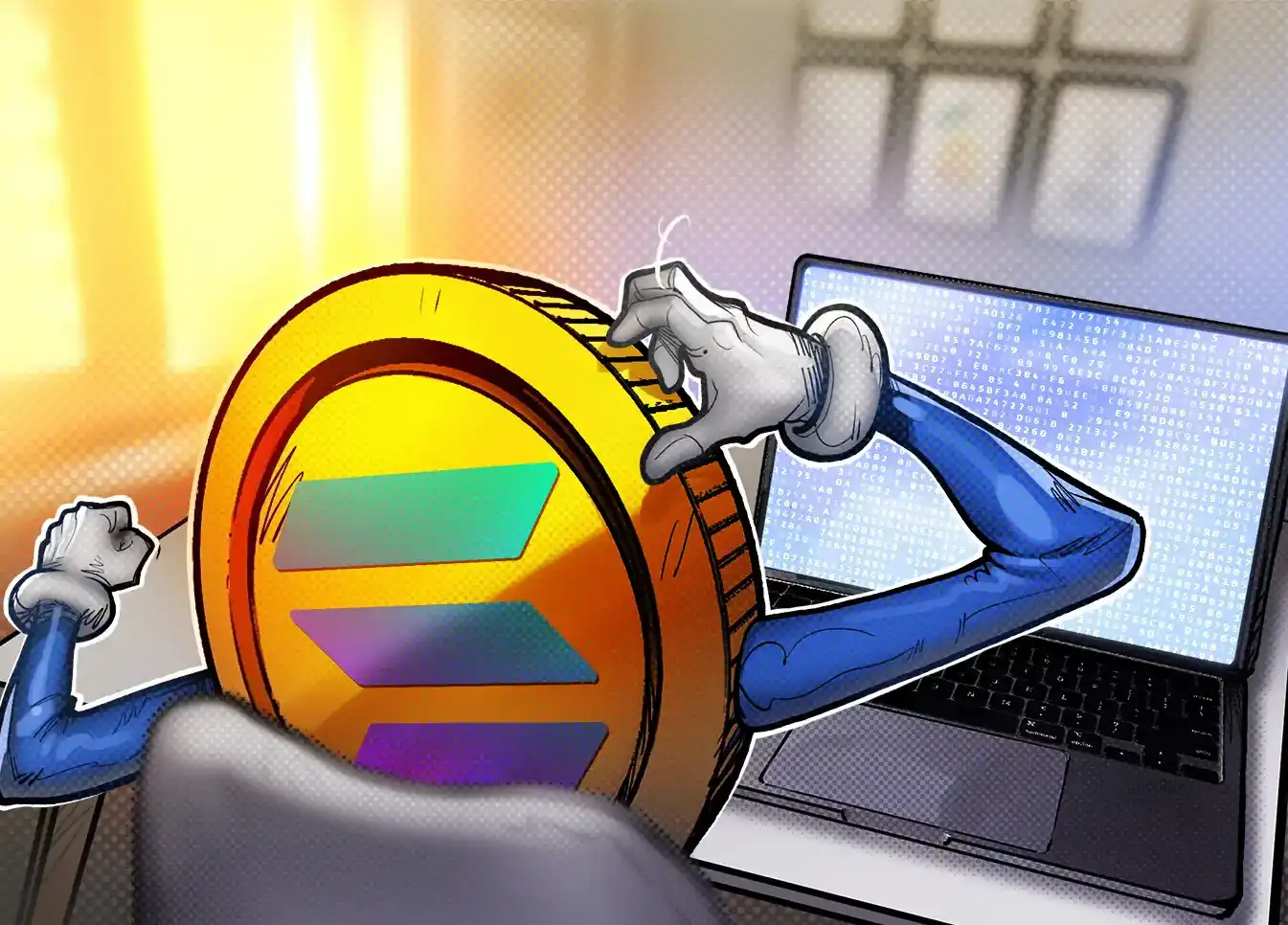With increasing developer interest and a major upgrade, Solana aims to rival Ethereum, but challenges persist.
An imminent upgrade to Solana aimed at boosting transaction throughput this year, coupled with a potential groundbreaking consumer application, might be all that's necessary for Solana to fulfill its nickname as an "Ethereum killer."
This is the belief of Solana's supporters in the midst of a fresh surge in on-chain activity, a growing number of developers, and an expanding user base, partly fueled by a revival led by memecoins in December.
Austin Federa, head of strategy at the Solana Foundation, in an interview with Cointelegraph, expressed optimism that a flood of consumer-facing applications on Solana could trigger a major shift.
Federa noted a recent uptick in developers exploring Solana as an alternative to Ethereum, attracted by lower development expenses and a broader range of coding languages.
“On Solana, almost any programming language can be used to create an interface,” Federa stated, highlighting the platform's support for Rust, C, and Python, with Move language support on the horizon.
“This isn’t to say Ethereum won’t figure it out eventually, but today, we’re seeing a huge number of projects on Ethereum that want to move over to Solana. That’s not something we were seeing a year and a half ago.”
Federa's confidence in the predominance of new consumer applications being built on Solana in the years ahead is bolstered by this trend.
Henrik Andersson, chief investment officer at Melbourne-based venture capital firm Apollo Crypto, shares a similar outlook. He believes that a groundbreaking application akin to a "ChatGPT moment" could propel Solana to rival Ethereum.
Firedancer and Solana’s Weakness
However, Solana has yet to address a significant challenge since its launch in March 2020.
In early February, the Solana network experienced an extended outage lasting nearly five hours, stemming from a bug in the code. This outage highlighted a critical vulnerability of Solana: its reliance on only two major clients.
Pranav Kanade, a portfolio manager at VanEck’s Digital Assets Alpha Strategy, believes that Solana's limited client diversity is the primary obstacle the network must overcome to compete with Ethereum.
Currently, Solana operates on two clients: one developed by Solana Labs and the other by Jito Labs, a fork of Solana Labs’ client.
Any issues with the Solana Labs client can halt the network, as has occurred at least ten times in recent years.
Federa acknowledges that ensuring reliability and uptime are top priorities for Solana engineers, but he argues that such criticism may not be entirely fair.
“Critical financial infrastructure experiences downtime frequently, often scheduled. It’s a reality,” Federa remarked.
Kanade and Federa view Solana’s forthcoming Firedancer upgrade, an independent client slated for release later this year, as a potential solution. Kanade sees Firedancer as a significant catalyst that could narrow the valuation gap between ETH and SOL, possibly leading to Solana overtaking Ethereum.
Unlikely "Flippening"?
Despite Solana's impressive rally over the past nine months, the gap between Solana and Ethereum remains substantial.
While Solana's SOL has surged to a new yearly high, Ether (ETH) has also rallied, buoyed by hopes of inclusion in US-listed spot Ether exchange-traded funds (ETFs).
Currently, Ether’s market capitalization far exceeds that of SOL, indicating Ethereum's dominance.
Andersson doubts that Solana could surpass Ethereum any time soon, given Ethereum's extensive ecosystem.
Kanade points out Ethereum's longer track record and massive development community as factors that continue to attract new developers, suggesting that Solana still has ground to cover.
Mark Smargon, founder and CEO of Fuse Network, believes that while Ethereum and Solana have different focuses, they are not necessarily competing directly.
“Solana and Ethereum have different visions and ethos. One has the overriding goal of being the fastest possible, while Ethereum is building a censorship-resistant network. They can both be winners.”
According to Smargon, both platforms can coexist, with Ethereum serving as a network of networks and Solana catering to consumer-centric applications.
In the world of crypto, where innovation is constant, the possibility of multiple winners is very real.


